As always my sincerest thanks to the kind patron who made this article possible – and once more, that’s LiA MVP Nicc. Thank you!
If you want quirky, Japan is the culture for you. It can be charming (especially as a traveler). But it can also be extremely annoying (especially as a resident). Hanko and its various other names – inkan, et al – certainly fits the bill in both cases. In my mind I kind of group this together with the country’s lingering use of fax machines, which most technologically advanced nations have cast aside as the hideous relics that they are. Often things don’t change here simply because “that’s just how they are”. I’m reminded of a recent quote which struck me as the most Japanese thing I’ve ever heard. A teacher at a junior high school which refuses to allow students to wear overcoats no matter how cold it is (this is common), said “It’s an old school rule. Not sure what the reason for it is.”
Let’s start with what I thought I knew about hanko, which is frankly not all that much, and then see how close I got. Fundamentally, the issue is with a language written in Kanji and Kana, people have no “signature”, per se. Thus, the hanko system as a means of verifying identity. The first time I lived in Japan (2012-2015) not having one (even as a foreigner) was a bigger problem than it is now. Maybe it’s a sign that things are slowly changing, but nowadays you can get my in most situations with a signature (though fitting it into that tiny circle is another matter). That wasn’t as true a decade ago. And there are still situations deep in the mire of legalese where it’s hanko or bust.
I also know that there are many different kinds of ink stamps, each with different functions and legal weight. The really “official” ones have to be registered at your ward office, but you can actually buy them from a machine in a place like Don Quixote if you want to go cheap. There are also specialist hanko shops (many of which have been in business for centuries), and hanko departments at every major department store. The issue with the hanko itself – the legally recognized “signature” – is that the stamp must match the name on your official ID card (in a gaikoukujin’s case, their zairyuu card). Without Kanji that can be a bit complicated.
Here’s a quick rundown on the types of hanko:
- Jitsu-in (実印) – These are the ones that effectively stand in for a legal signature, and must be registered at the ward office to have any legal weight. For companies this is referred to as a Kaisha Jitsu-in, and likewise must be registered and is legally binding.
- Ginko-in (銀行印) – As the name implies, it’s used for bank transactions. In fact if you’re Japanese you probably can’t open a bank account without one. These don’t have to be registered with the local government, only the issuing bank.
- Mitome-in (認印) – This is the Donki model, basically. It’s a simple stamp you can use to take deliveries or imprint on freelance paperwork and has absolutely no legal weight at all. Why bother, then? Well, because if someone copies your Jitsu-in you could be in for some serious identity theft risk, so it’s better to use that one as little as possible. For companies this general purpose stamp is called a Kaku-in.
For a foreigner, the cardinal rule of inkan (Jitsu-in, anyway) is that it has to have only characters that are in your name. You can use katakana or the Roman alphabet. You can use all of your name, or only part. But you can’t use any letters or characters not in your legal name. So, say, if your name was “Black” and you wanted wanted to use the Kanji for “Black”, that would be disallowed (sorry, weebs). For a Mitome-in it seems like you can do whatever the hell you want.
What about the history of hanko – how did these weird things become a staple of Japanese society in the first place? It’s not like Japan invented ink seals for legal transactions – in some form or another they’ve been around for 2,500 years or more. They’ve been here and there in Japan basically since Roman times (largely as an affectation of the aristocracy) but only in wide use since the start of the Meiji Era (1868). The reason – and an Occam’s Razor one it is – is that the new Meiji government enacted a law basically mandating a national system of identity certification. Hanko were already known here – this was the time when they passed from the nobility into use by the common people.
As with many puzzling and anachronistic relics woven into the fabric of Japanese society, the basic pattern seems to be an idea that made perfect sense at the time it was implemented, and remained (remains) long after it stops making sense. There are countless examples of this, like the aforementioned fax machine usage and prohibition of warm coats for students even in winter. The problem is mainly that change comes very slowly and grudgingly here. Counterproductive practices which have no place in a 21st Century society persist because “that’s how we do it”.
As for the anime side, of things, in this age where the medium is more mainstream than ever, you can choose a “themed” hanko – even for your jitsu-in. Itaindo, the largest online inkan dealer in Japan, has been offering anihanko for years. Of course you can get kaiju like Kimetsu no Yaiba, but there are plenty of other options out there online and even in larger B&M hanko shops. And if you want to get an inkan with the face of your favorite idol, you can do that too. Ink stamps may be over two millennia old, but they’re trying to change with the times.
So what’s the future of hanko? There is sentiment, even within the change-resistant and corrupt ruling LDP, to phase out their use. But as always it’s meeting strong resistance, not least from within the party. There has been a rise in the usage of e-signature software on the corporate side (where seals are likewise omnipresent), accelerated by the onset of the pandemic. While Japan never formally locked down, there was for an extended period an increase in remote work and virtual meetings, and face to face contact was less common. While resistance to remote work is yet another relic from the past which persists in modern Japan, pandemic restrictions did force both businesses and individuals to search for alternatives to physical hanko.
The results on the ground, though, were a classic “because Japan” scenario. Even at the height of the pandemic employees were frequently forced to go to the office (mostly on public transit) simply to get a document stamped. If nothing else, though, a significant chunk of the population soured on hanko when faced with the absurdity of this situation. Some companies have removed them from their internal procedures, though if a client or customer requires one, they still have no choice but to provide it. Was this the beginning of the end for hanko, or simply a blip? Having lived in Japan for a while now, I know which way I’m betting.



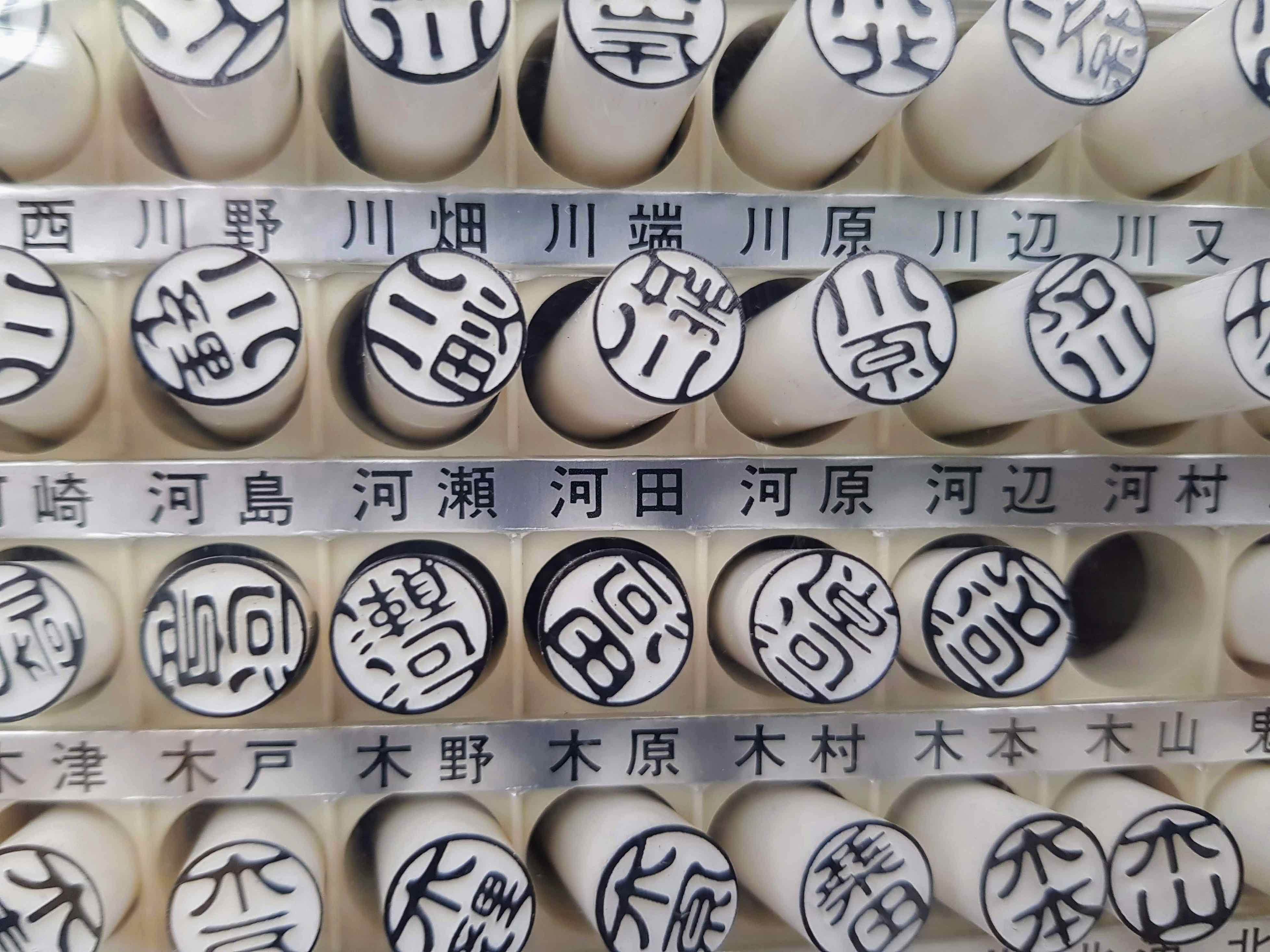
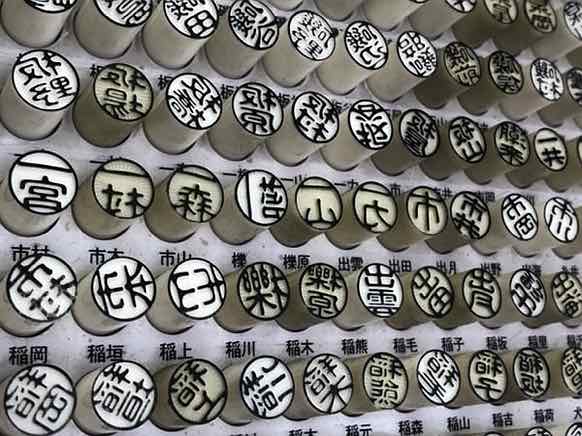
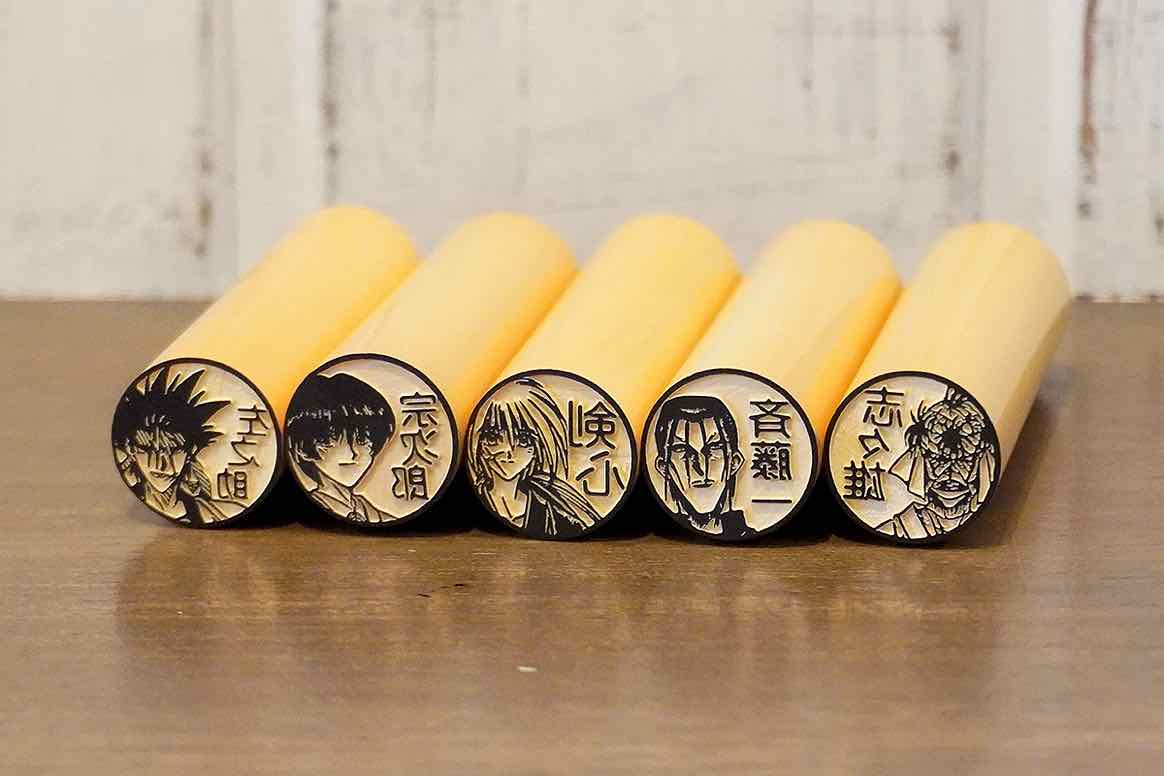

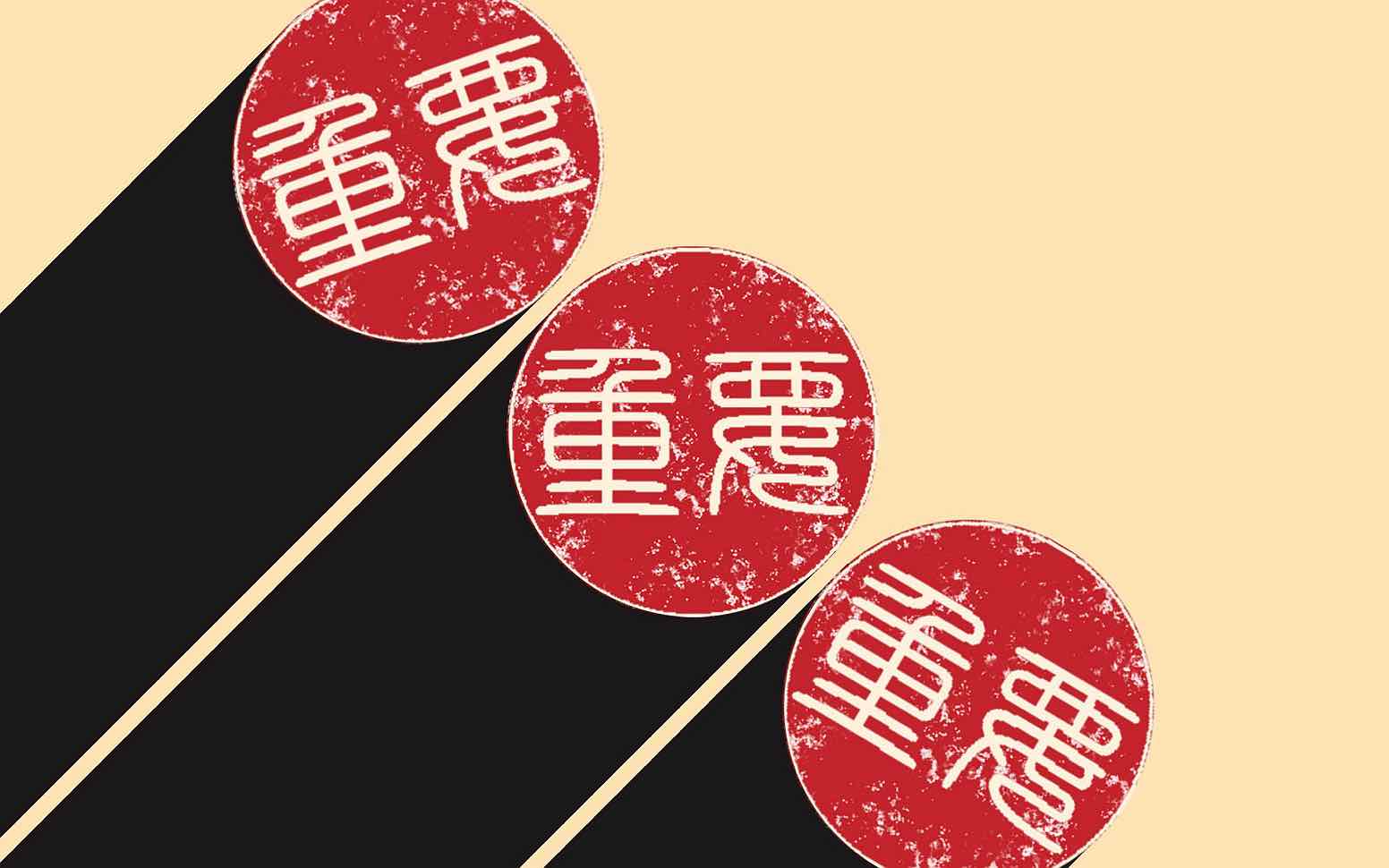
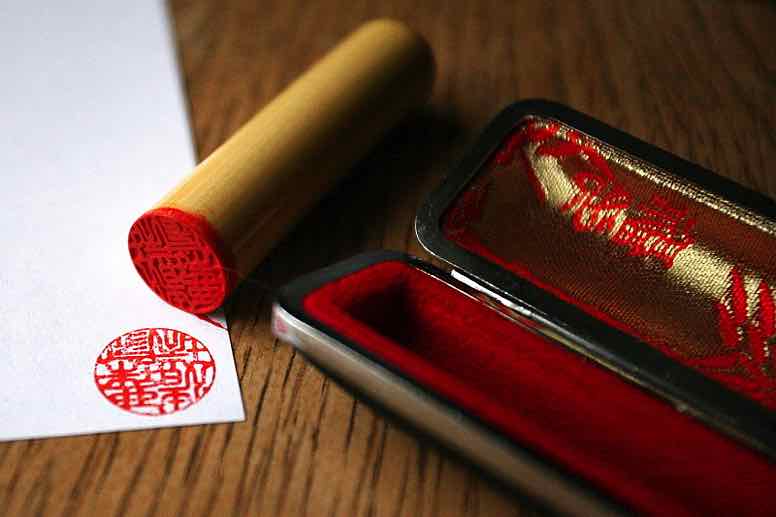

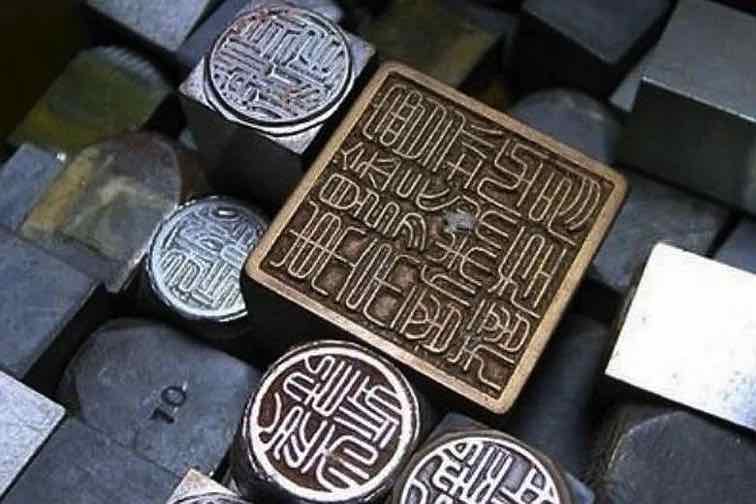
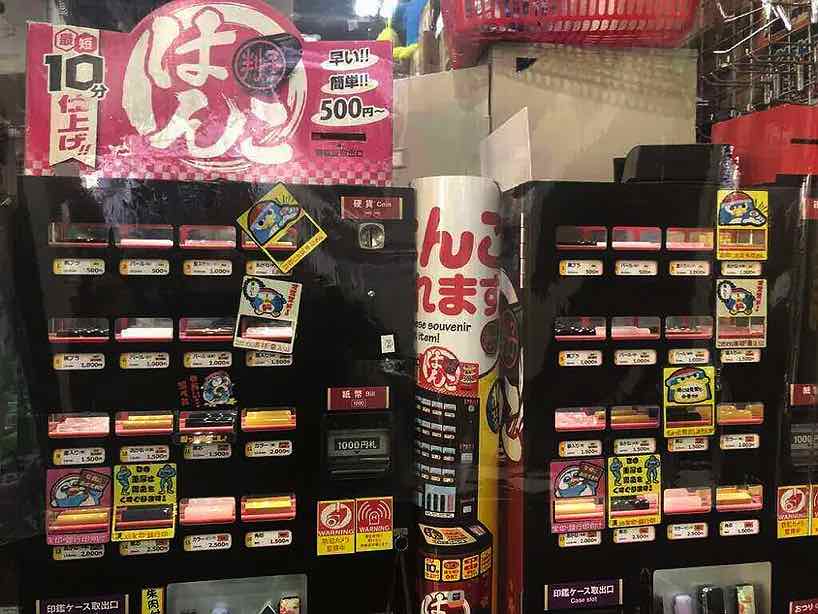


Stephen
February 19, 2023 at 2:42 amHello Enzo
How can we contact you for a potential project?
Guardian Enzo
February 19, 2023 at 12:25 pmHello, Stephen. I sent you an email!
Lurk-chan
February 19, 2023 at 3:00 amThank you for your insights, this was extremely interesting!
Guardian Enzo
February 19, 2023 at 12:22 pmYou’re welcome!
Princess Usagi
February 19, 2023 at 11:34 amThe anachronism and legalism of hanko is fascinating. Didn’t realize hanko usage could be a matter of identity theft. When one of my friends, who is half Japanese, moved to Japan, her father gave her the family hanko stamp to use. When she went to use it for official business, they told her she needed a written letter from her grandmother. Not wanting to bother with the hassle, she bought a new one from a nearby store.
Guardian Enzo
February 19, 2023 at 12:23 pmApparently the identity theft thing is a very real problem. It’s basically like someone getting your SSN in the U.S..
Nicc
February 20, 2023 at 2:46 pmWhen I was first considering the idea for this commission, I had no inkling just how deep this topic was. In the Western world, we just put our John Hancock on whatever needs to be signed (Or, just scribble something if it’s on a touchpad). When I started reading/watching anime and manga years ago, I first noticed the stamps that were used to approve package deliveries or documents. It makes a whole lot sense there’s a lot of history and culture behind that act.
Interesting, so it appears that a person has to carry around a few different hanko for different purposes. It also makes a whole lot of sense why they were adopted in the first place, but times have changed. In the meantime, it sounds like they’re here to stay along with fax machines and floppy disks.
Thanks a lot for taking on this commission and I learned a whole lot about this subject.
Guardian Enzo
February 20, 2023 at 6:51 pmNicc, I’m the one who should be doing the thanking here. I’ve really enjoyed learning more about these topics as I’ve researched them.
Floppies at least are mostly gone, but the others – it’s not going to be easy.